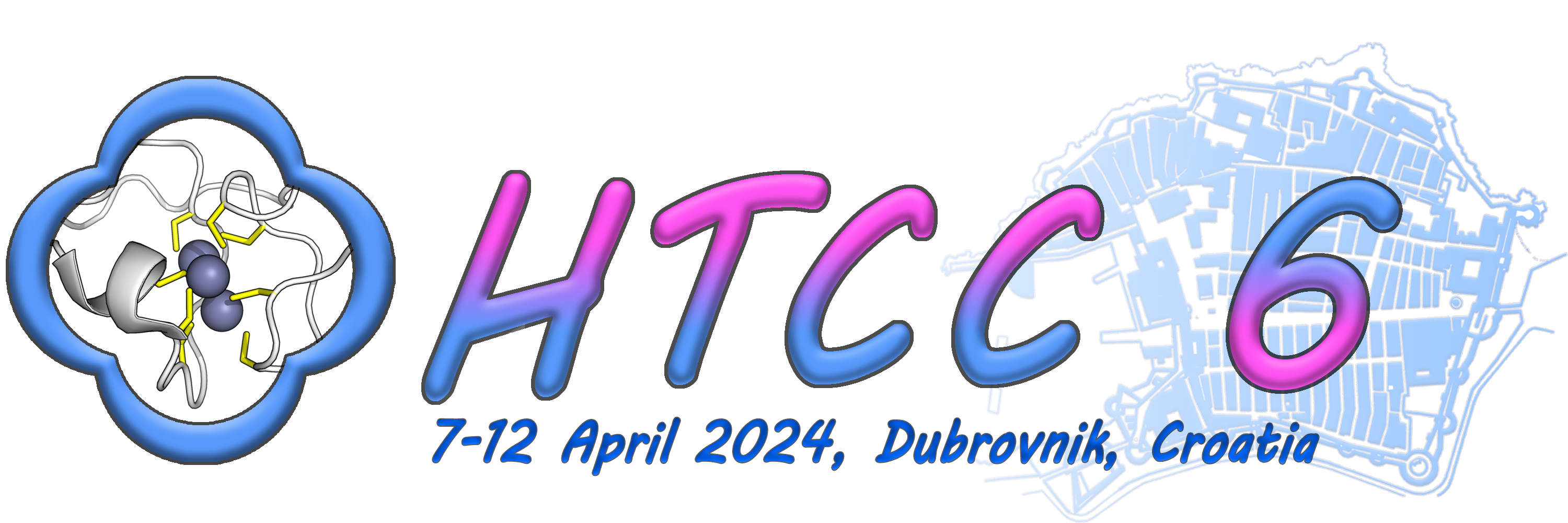Overview
Crystallization is the first and least certain step in the quest for structure elucidation. Obtaining a crystal of good quality is pivotal for the determination of a structure using single-crystal diffraction. Thus, choosing the right crystallization method is very important for growing such high-quality samples. However, crystallization is still the bottleneck in macromolecular crystallography, with some biological systems remaining absolutely reluctant to crystallization. Although it may seem as if it was only about trial and error, crystallization is a highly sensitive process involving several crucial intermediate steps (supersaturation, nucleation, precipitation, and crystal formation), each of which is governed by a multitude of factors (temperature, pressure, pH, ionic strength, solvents, presence or absence of a variety of precipitants, etc.) and all of which must be properly considered in order to optimize its performance.
The “Crystallization” topic, extending over a full HTCC6 day (7.5 working hours) will, hence, include both introductory and specialized topics dealing with the crystallization of biological macromolecules, covering techniques commonly used in modern structural biology. It will tackle all aspects of this peculiar process from both theoretical and practical perspectives. The foundations will be reviewed, but the emphasis will be on practical challenges, breakthroughs, and state-of-the-art crystallization techniques.
Theoretical background
- Fundamentals of Macromolecular Crystallization: an overview of crystallization theory and processes involved in the crystallization of biomolecules.
- Macromolecular Crystallization Techniques: Summary of common techniques used to promote crystallization of macromolecules
- Radiation Damage
- Co-crystallization and Macromolecular Crystal Applications
Practical: Crystal fishing and cryo
A small laboratory will be set up to allow students to try hands-on handling of macromolecular crystals (fishing crystals from a drop and storing crystals in liquid nitrogen). This small technical savoir-faire is essential for any structural biologist.
